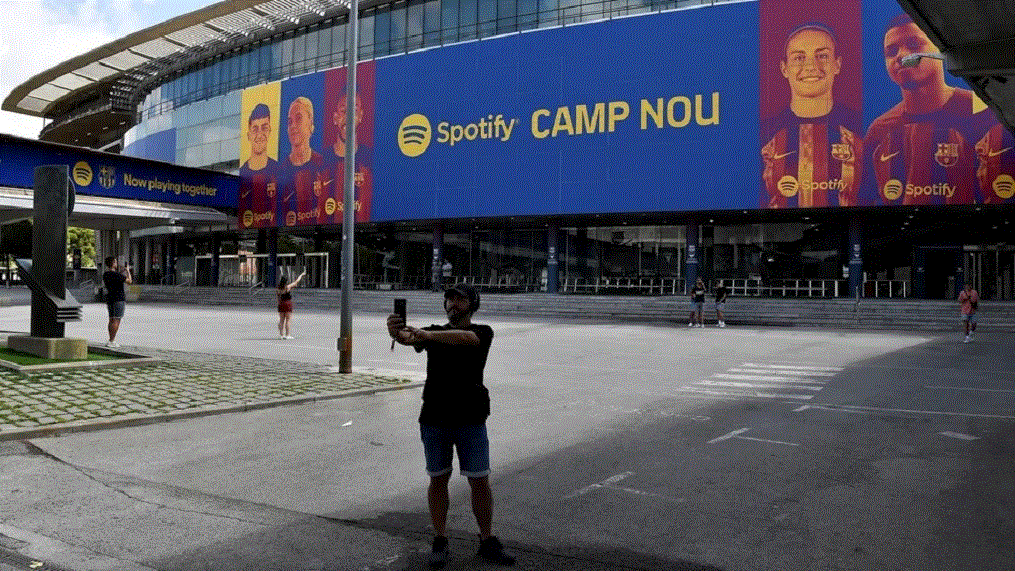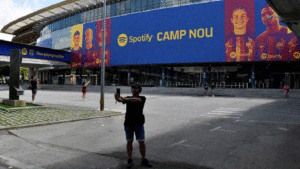67
Thirty birds, mammals and reptiles: Jordi Portabella, training biologist and new environment advisor at the legendary
FC Barcelona: There is now a “guide” that lists all living animals in the stadium
previous post


